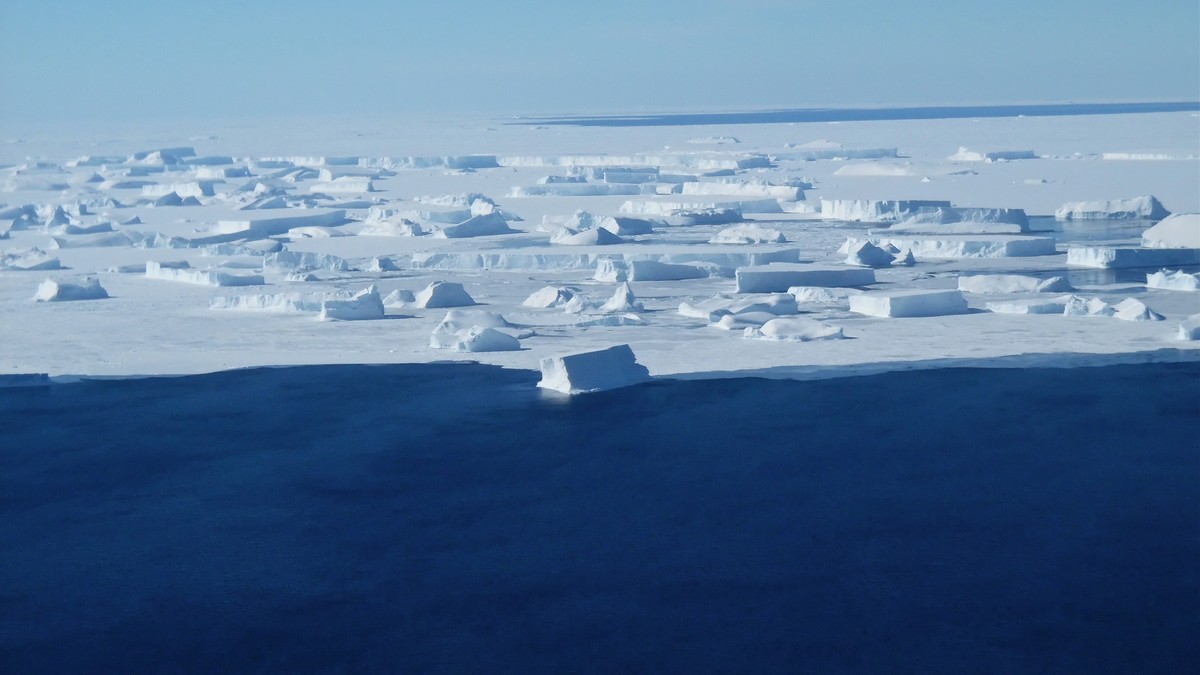The Antarctic Ice Sheet Has Lost 3 Trillion Tons of Ice Since 1992

I haven’t seen Hereditary yet but I’m pretty sure this is the scariest thing I’ll come across all week: An international team of more than 70 scientists pored over two dozen estimates for ice loss in Antarctica gleaned from satellites and concluded that the ice sheet lost three trillion tons of ice between 1992 and 2017. Even worse, the rate of loss is accelerating.
The study (which was published on Wednesday in Nature) was conducted by members of the the Ice Sheet Mass Balance Inter-Comparison Exercise, or IMBIE, a group of polar scientists seeking to provide a single, definitive estimate for ice loss in Antarctica. The ice in Antarctica altogether holds enough water to raise sea levels by a startling 58 metres, and so far the ice loss since 1992 has contributed to a rise of eight millimetres. By some estimates ice in Antarctica and Greenland accounts for approximately 20 percent of sea level increases. According to the IMBIE study, West Antarctica is losing the most ice at an accelerating rate, compared to the Antarctic Peninsula and East Antarctica.
When I called one of the Canadian contributors to the international effort, Richard Peltier from the University of Toronto, he didn’t mince words about what these changes—and the accelerating rate of ice loss that the study identified—mean for populations that live in coastal cities around the world.
“If we should lose a substantial fraction of grounded ice on the Antarctic continent, the most likely source of which is West Antarctica, global sea levels would rise on the level of five metres,” Peltier said over the phone. “There is the prospect of significant inundation of the coastlines of all of the continents, where a very large fraction of humanity lives. The danger to us all from a West Antarctica sheet collapse is significant.”



